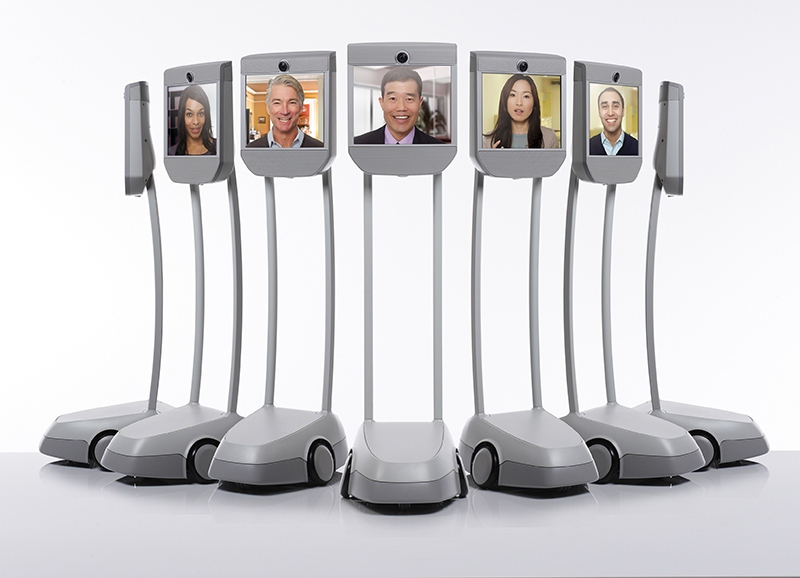
Suitable Technologies, a smart presence systems company, has opened what is believed to be the first retail outlet by a remote telecommunications enterprise to sell its video telepresence devices directly to consumers.
The store, which is located on a busy main street in downtown Palo Alto, California, held its grand opening for the media on October 30 and opened its doors to the general public the following day.
The company's flagship product - Beam - allows users to interact with people in remote locations by combining high-end video and audio with freedom of movement in space.
About the size of a tall upright vacuum, the Beam is equipped with a high-end video monitor, a camera so the person on the other end can see you too, and two-way audio. The devices roll (up to 2 mph) on wheels and are controlled by the person on the screen using a laptop or a wall-mounted system with a game controller.
"We found out that people want to touch and feel these things," said Scott Hassan, President and CEO of Suitable Technologies, at the recent grand opening.
What will make the store especially unique is that there will not be a live person physically on the premises. The store will be completely staffed and run by Suitable Technologies employees operating Beams while sitting in their offices a few miles away in Palo Alto, or many thousands of miles away in a foreign country.
The company hopes to raise awareness among consumers about its technology and leadership in the telepresence field. Up to now, the only limited visibility the company could achieve was through the media and trade shows. "We're very optimistic, but it's also experimental," said Erin Rapacki, the firm's Director of Marketing.
Despite the lack of a live human on the premises, Suitable Technologies is not concerned about security. Beams have the ability to remotely lock and unlock the building's doors as needed. And since every camera-equipped Beam is operated by a real person, if someone naively thinks they can just walk off with one of the devices, the Beam will simply call the police. "Security is not really a problem," said Hassan.
The company goes to great lengths not to refer to their devices as "robots." Nothing in the company's press materials or website ever mentions the term.
This is because the fully interactive nature of video conferencing means that a human is always associated with the Beam, whether in conversation with a customer or controlling its movements around the store. By comparison, robots are programmed to perform tasks that can be done without humans.
The first Beam hit the telepresence market in 2012. The BeamPro is a higher-end model designed for companies and other organizations who want to let employees working remotely interact in the larger office environment. More recently, the company has released the Beam+, which has a smaller video screen and is not as tall.
There is a significant cost difference between the two models. While the BeamPro retails for $11,000, the Beam+ sells for approximately $2,000.
Beam users currently include major organizations such as Microsoft and the XPrize Foundation. Yet Beam's future success may well lie in its ability to take people to places they have never seen. The use of the technology by realtors to show properties to remote clients is a prime example.
But there are also other potential important uses for "smart telepresence." One of the greeters at the opening was Henry Evans, an avid Beam user. Evans is a mute quadriplegic who has been able to take one-on-one guided tours of national museums using Beams. His inspirational Beam-assisted presentation at a TEDx conference in October last year has generated over a million views.
The opening of a retail store for smart presence devices represents a big step forward in moving this technology more boldly into the general consumer world. Store visitors will just have to get used to working with a sales representative who may be a very long distance away.














